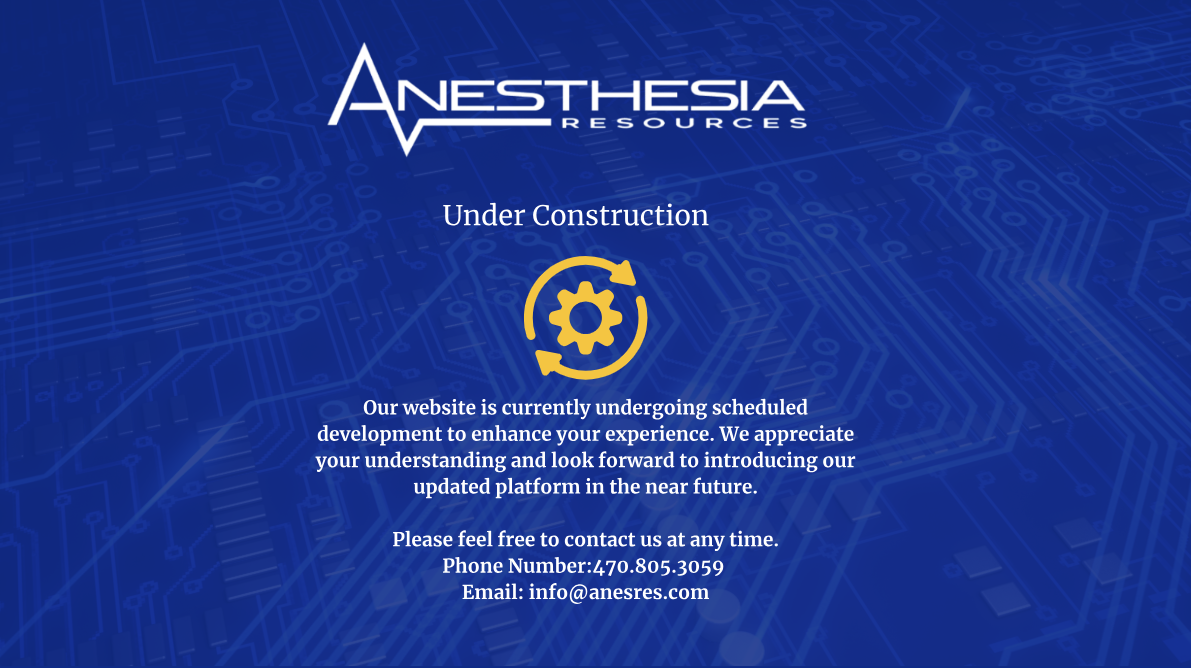CVS Aquires Aetna, to create CVS Healthcare.
Recently, the Wall Street Journal, in a front page article, addressed the pending acquisition of Aetna by CVS Healthcare.
The piece focused on the panic that the deal is causing many healthcare players. They’re concerned over the combination of a giant retail delivery platform, the CVS stores, with the health insurance, managed care, and huge patient database of Aetna. They see it as a threat to more traditional health insurance companies as well as to pharmacies and to medical groups.
There’s another lesson here, something I’ve touched on before on the blog in connection with a post regarding pharmacies beginning to encroach on physician practice (read The Pharmacy Will See Your Patients Now).
The lesson is this: Healthcare was once very “silo-ized.” There were, for example, pharmacies that were only pharmacies, insurance companies that only sold insurance, hospitals that provided only the facility not professional services, and so on. But today, those walls are breaking down with incredible speed.
The opportunity for physicians and players smaller than the CVSs of the world is to understand that the membranes between healthcare “silos,” which were once completely impermeable, are not only now becoming semi-permeable, they’re becoming almost completely permeable.
Courtesy of Mark Weiss Blog www.advisorylawgroup.com
ASC procedure volume and length benchmarks (CDC data 2010)
There are around 48.3 million surgeries performed in ASCs per year, and 70 percent were associated with the digestive system, musculoskeletal system, integumentary system and nervous system, according to a report from the CDC.
The report, released in May 2017, focuses on data from 2010, which is the most recent year available. Here are key statistics from the report:
Number of procedures
- Digestive procedures including colonoscopies: 4 million
- Eye procedures including lens extraction: 2.9 million
- Nervous system procedures including spinal canal and pain relief injections: 2.9 million
- Lens insertion: 2.6 million procedures for cataracts
- Endoscopy of the small intestine: 2.2 million
- Musculoskeletal procedures: 1.3 million
- Integumetary system procedures: 1.2 million
- Endoscopic polypectomy of the large intestine: 1.1 million
- Eyelid operations: 1 million
Time benchmarks for procedures
- Operating room time: 50 minute per procedure (compared to 63 minutes in HOPDs)
- Time spent in surgery: 29 minutes (compared to 37 minutes in HOPDs)
- Postoperative care: 51 minutes (compared to 89 minutes in HOPDs)
- Endoscopies: 14 minutes to perform
- Endoscopic polypectomy of the large intestine: 21 minutes
- Cataract surgery, extraction or insertion of the lens: 10 minutes
- Eyelid operations: 23 minutes
- Knee arthroscopy: 32 minutes


